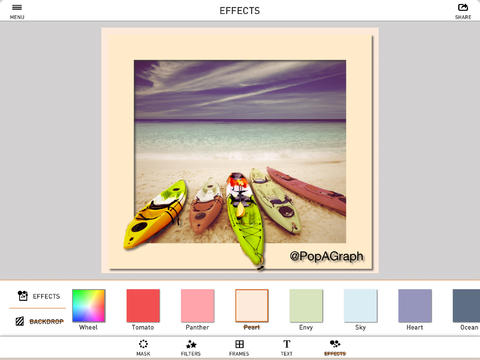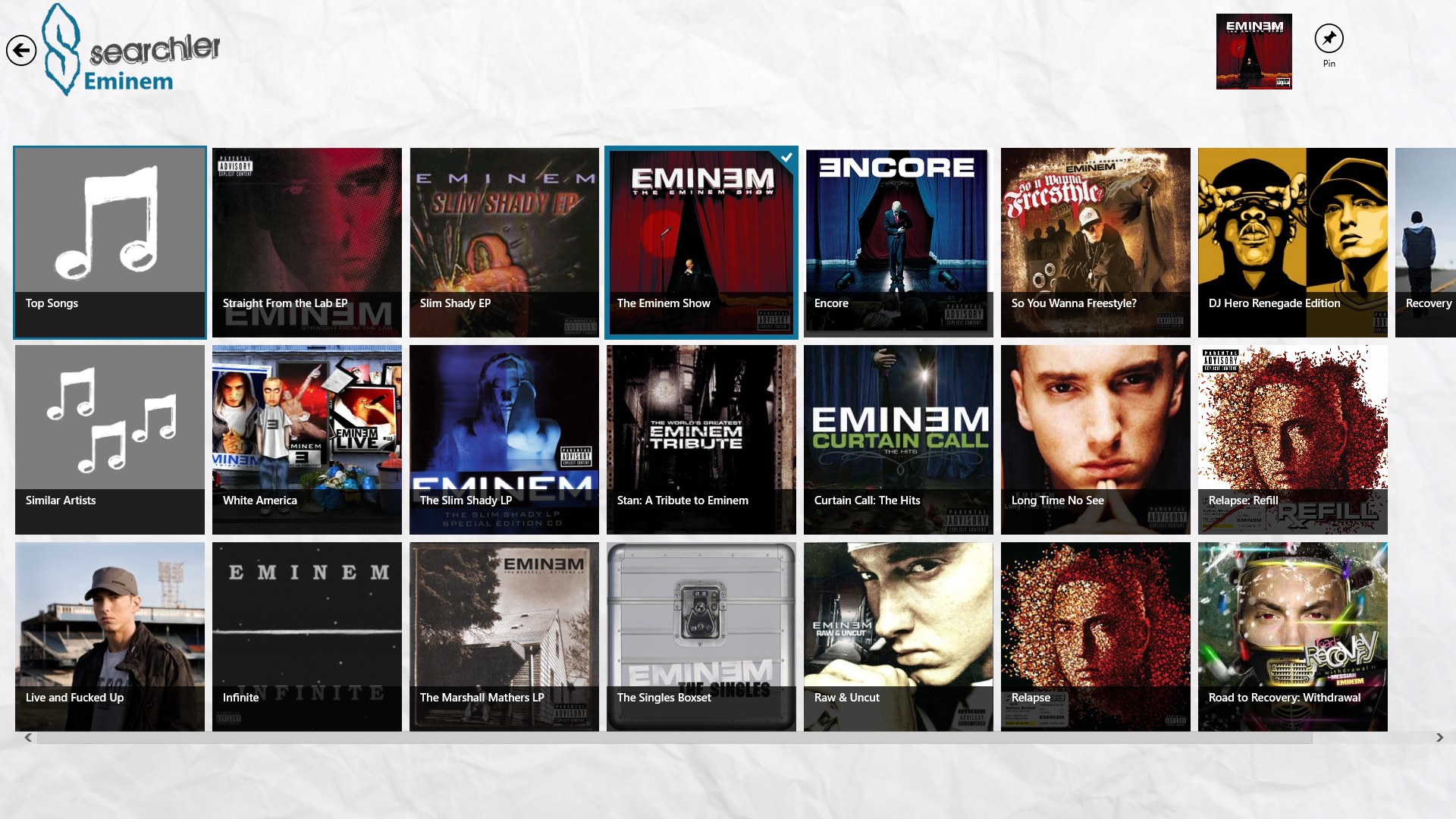
Best Windows 8 apps this week
Sixty-seventh in a series. Microsoft continues its efforts to remove unwanted applications from its Windows 8 store. That's the reason why this week's growth is negative.
The total number of applications dropped by 534 apps to 105,509 thanks to efforts to clean up the store's Entertainment, Photo, Lifestyle and Education categories. The Entertainment category alone lost 659 apps in the past seven days.

Best Windows 8 apps this week
Sixty-sixth in a series. There are now over 106,000 apps in the US Windows Store. Growth has improved considerably after last week's weak performance, as 773 new apps were published to the store in the last seven days.
83,437 of those are free to download and install, while the remaining 22,606 are either paid apps or desktop applications.

Best iOS apps this week
Fifth in a series. A big week for Apple as the company delivered record fiscal first quarter results -- $57.6 billion revenue and $13.1 billion net profit. The tech giant revealed it had shipped 51 million iPhones, an all-time quarterly record, compared to 47.8 million a year-ago, and 26 million iPads, up from 22.9 million in the same period a year ago. Wall Street wasn’t impressed, but that’s to be expected.
Of course a big part of Apple’s success is the number and quality of apps available for its hardware. As the owner of both iOS and Android devices, I find the apps for the iPhone and iPad to be vastly superior (although there are always exceptions). There’s less garbage, and far fewer ad-riddled apps. Part of that reason is Apple’s strict approval process, and the amount of money it pays to developers -- $2 billion in its fiscal first quarter -- helps too.

Best Windows 8 apps this week
Sixty-fifth in a series. Growth has been almost negative this week. Not because of a lack of new applications published to Windows Store, but because of Microsoft's continuing clean-up operations.
About 500 apps were removed from the Tools category alone, and slower than usual growth in other categories is an indicator that Microsoft removed apps from other categories as well in this week.

Best Windows 8 apps this week
Sixty-fourth in a series. A total of 1,107 new apps were released to the US Windows Store this week, which is more than double last week's abysmal performance of 476 apps.
The growth is even higher than that -- without options to find out exactly how high -- as Microsoft removed apps from the Food & Dining, and Travel category this week.

Best Windows 8 apps this week
Sixty-third in a series. The week by week app growth in Microsoft's Windows Store has taken a turn for the worse in the past couple of weeks.
Apps stayed steadily over the 2,000 apps per week mark after the release of Windows 8.1, but have fallen below that in the past three weeks.

Best Windows 8 apps this week
Sixty-second in a series. The overall count of new apps that were published to the US Windows Store stayed well below the 2,000 mark for the second week in a row. Just 1,326 were published to it this week .
That's a slight decrease of 17 apps when compared to last week, and likely still caused by year-end festivities.

Best Windows 8 apps this week
Sixty-first in a series. This week was not as busy as the weeks before, which can be attributed to the celebration of Christmas and other holidays in many parts of the world.
This is reflected in this week's overall application growth in the US Windows Store, as only 1,343 new apps were published to the store in that time.

Best Windows 8 apps this week
Sixtieth in a series. The US Windows Store on Windows 8.1 passed the 100,000 apps mark this week.
Users of Windows 8.1 who access the store have now 100,962 apps at their disposal that they can download and install on their system. This is an increase of 2,383 apps over last week, and while the overall growth slowed down a bit, it still means that it stayed well above the 2,000 apps per week mark.

Best Windows 8 apps this week
Fifty-ninth in a series. Last week's positive growth continues this week, as 2,786 new apps have been released in the last seven days in the Windows Store.
The number may have even crossed the 3,000 apps mark were it not for Sports category which listed 247 apps less than last week.

Best Windows 8 apps this week
Fifty-eighth in a series. The application growth in Windows Store broke the 2,000 new apps mark this week which happened last in July 2013.
The release of Windows 8.1 has surely revived the store, and while it is too early to tell if the upswing will continue in the coming months, the outlook is quite good right now.

Best Windows 8 apps this week (Black Friday edition)
Fifty-seventh in a series. The new application count in the US Windows Store managed to stay above the important 1,000 apps mark for the fourth time in a row.
The total number of applications available in the store rose to 93,714, an increase of 1,515 apps in the last seven days.

Best Windows 8 apps this week
Fifty-sixth in a series. Microsoft has changed the layout in Windows Store slightly this week. The main screenshot size on each apps' Windows Store page has been increased significantly, so that screenshots take up more than half of the screen on a 1920 by 1200 monitor.
The overall growth of applications has accelerated again this week as 1,351 new apps were published in the last seven days.

Best Windows 8 apps this week
Fifty-fifth in a series. As of this week, more than 90,000 applications are available in the US Windows Store. The overall app count rose to 90,848 in the store, up 1,066 apps from last week.
69,612 of those apps are free to download and install, an increase of 989 apps in comparison to last week. The remaining 21,236 apps are commercial applications or desktop programs. They have increased by 77 apps this week.

Best Windows 8 apps this week
Fifty-fourth in a series. The overall application growth in the US Windows Store has slowed down a bit this week, dropping once again under the 1,000 app per week mark.
At least 811 new apps found their way into the store this week. Why at least, you ask? Because Microsoft seems to have removed apps from some categories this week.
